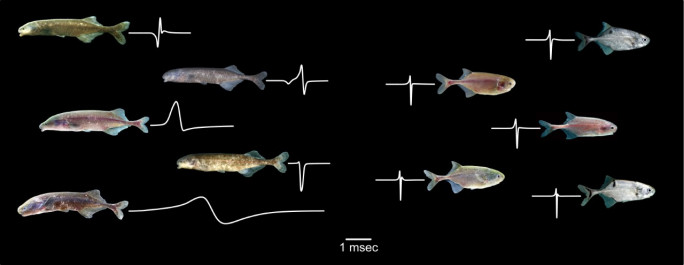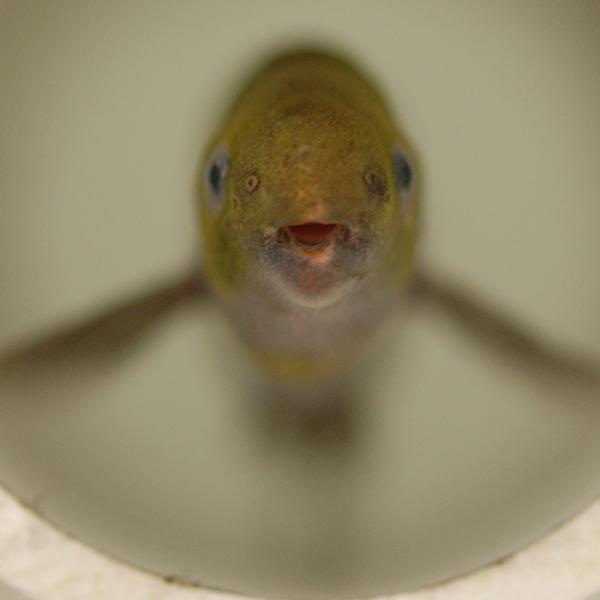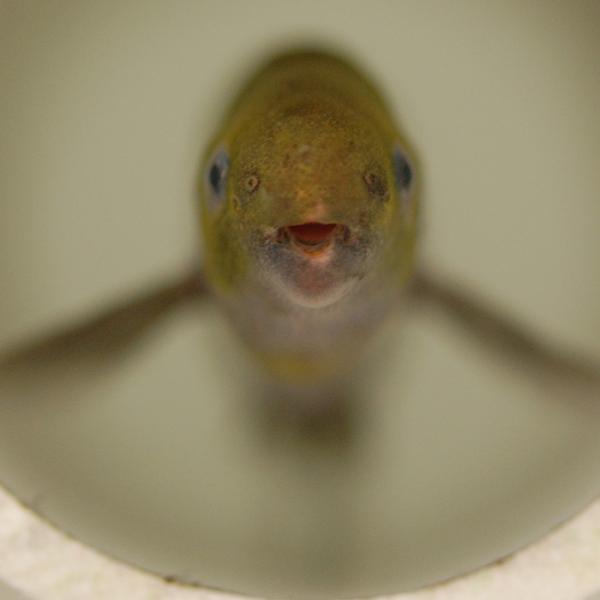Professor Carlson's laboratory studies animal communication, the neurobiological basis of sensory information processing, and the evolution of brain and behavior.
One of the primary functions of nervous systems is to extract information from the outside world and use that information to guide and coordinate behavior. When studying a particular nervous system, it is therefore important to consider the ecological context and evolutionary forces that have shaped that animal's natural behavior.
The Carlson lab combines electrophysiology, neuroanatomy, computational modeling, and behavioral analysis to study information processing in the electrosensory systems of weakly electric fish. These fish are phylogenetically and phenotypically diverse. They are also well suited to establishing direct links between the physiology of individual neurons and quantitative characteristics of natural behaviors. They are therefore an attractive system for addressing basic questions about information processing by sensory systems and the mechanisms of evolutionary change in behavior.
- How do the activity patterns of peripheral sensory neurons represent information about the outside world?
- How do central sensory neurons extract biologically relevant information from these patterns of activity?
- How do central sensory neurons integrate information from multiple sources?
- What drives evolutionary changes in sensory circuits, and how do these changes impact sensory information processing?
- What drives evolutionary changes in the sizes and structures of brains?
By focusing on specific research topics related to these broad questions, the lab explores the impressive computational power of nervous systems and the factors influencing their evolutionary diversity.






